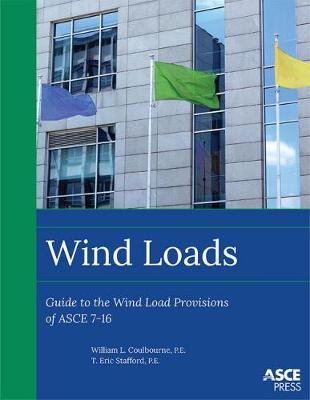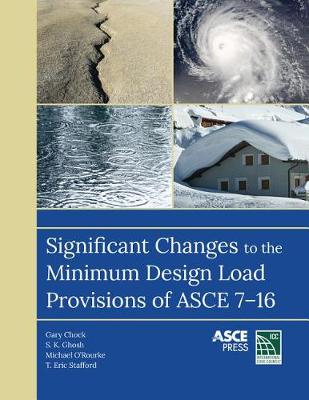Asce Press
4 total works
Whereas the 2016 revision of ASCE 7 has retained the previously reorganized wind load provisions, the important changes in the ASCE 7-16 wind load provisions are
- Modified wind speed maps for the country west of the hurricane-prone region;
- A fourth wind speed map for Risk Category IV structures;
- Revised methodology to determine exposure category;
- Addition of a ground elevation factor to the velocity pressure equation;
- New provisions for roof top solar arrays, canopies, and bins, tanks, and silos; and
- Revised pressure coefficients for components and cladding for sloped roofs.
This guide includes 14 chapters with 10 worked examples of real-life design problems applying the appropriate use of analytical and simplified procedures for calculating wind loads for a variety of common structure types, as well as answers to more than 30 frequently asked questions, grouped by topic.
This book is an essential reference for practicing structural engineers, as it offers the most authoritative and in-depth interpretation of the wind loads section of Standard ASCE/SEI 7-16.


